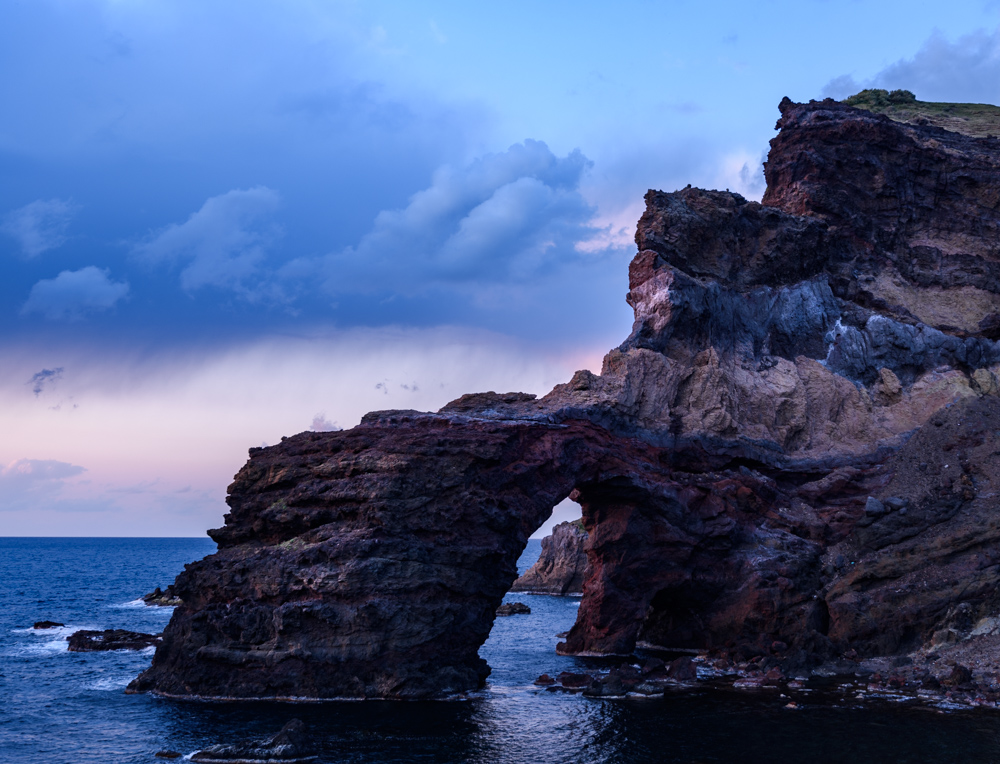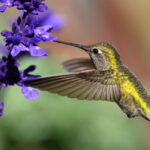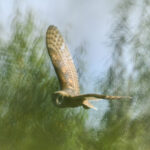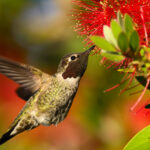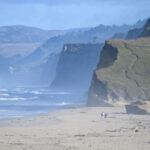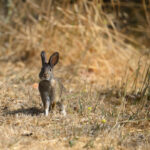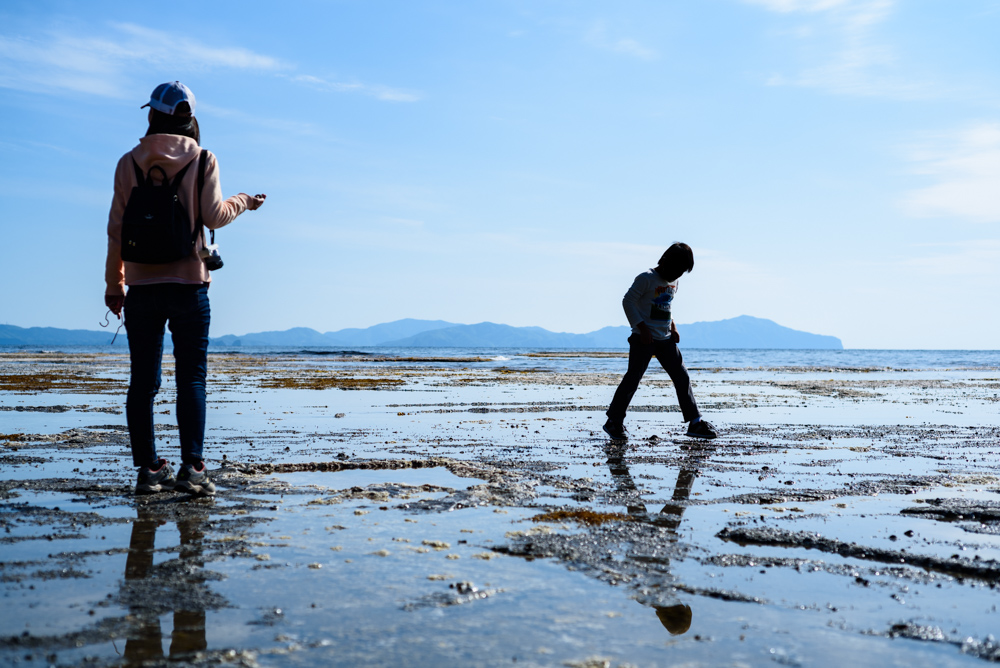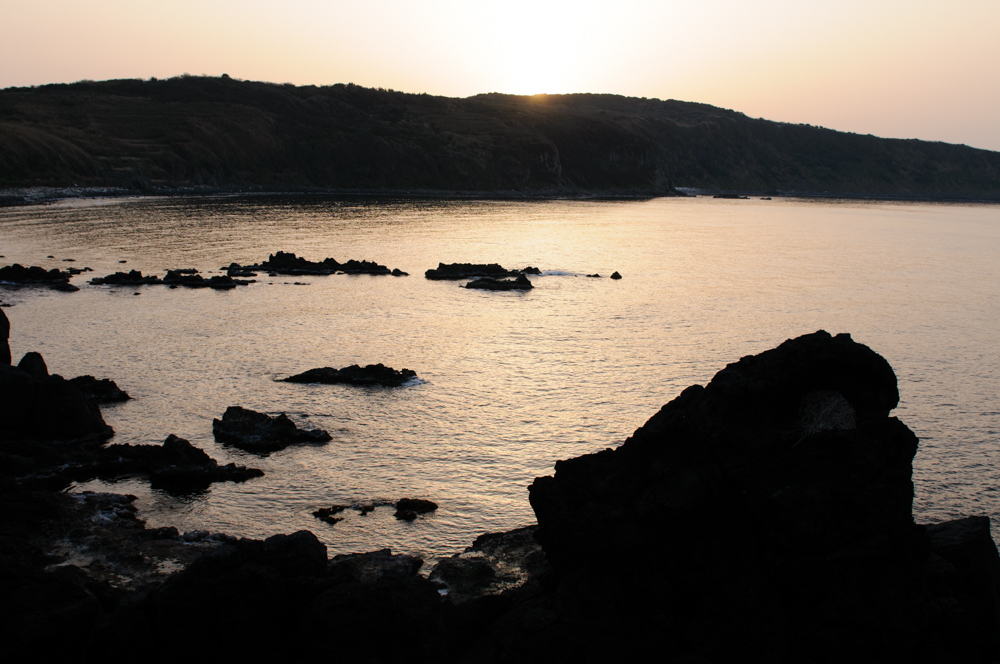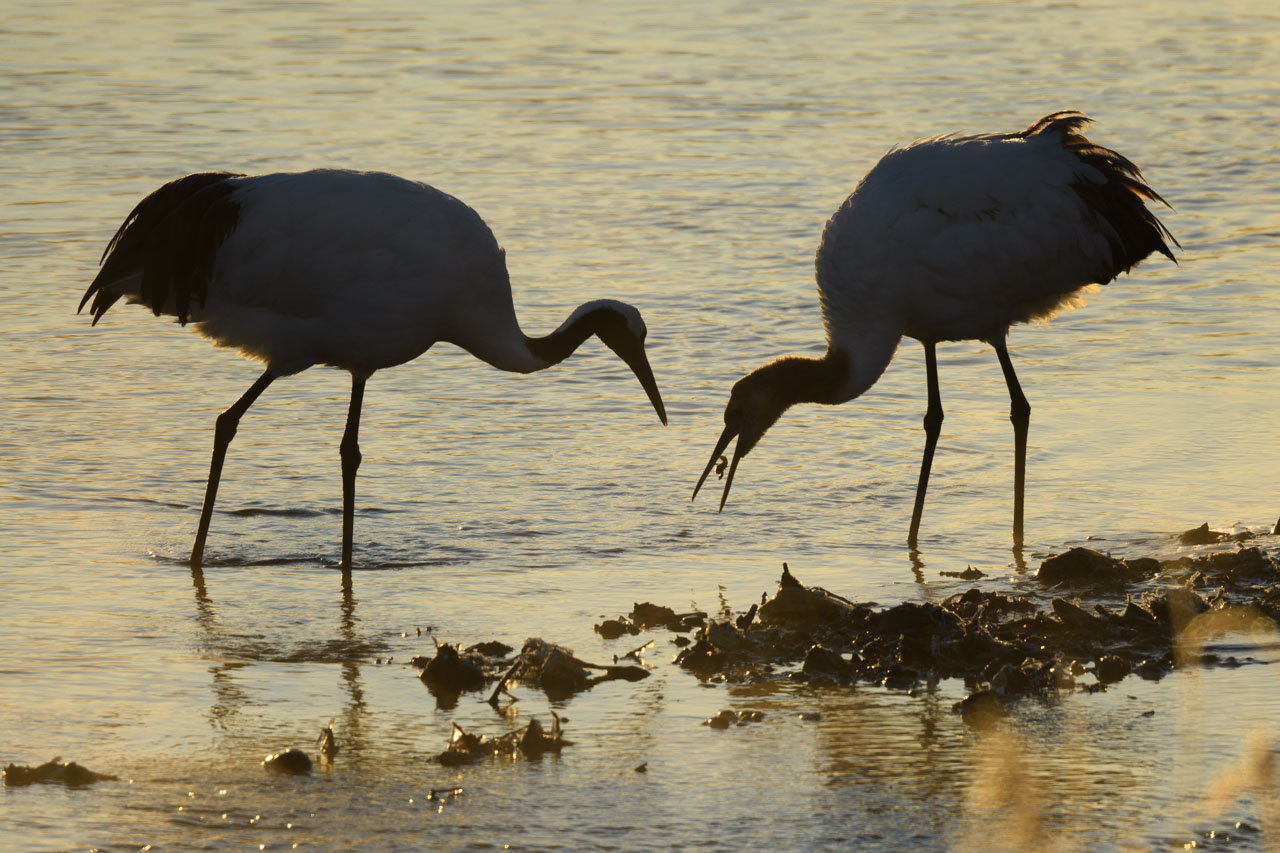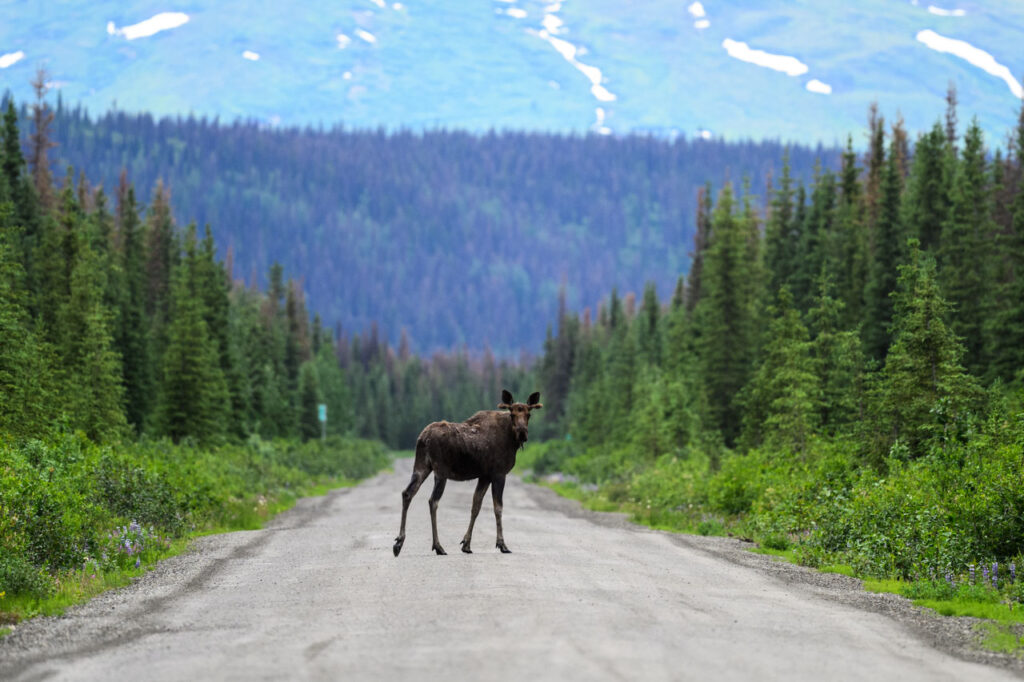
隠岐 その2 / Oki islands Part.2
Overnight in Saigo and then to Do-zen. Weather is not so good.
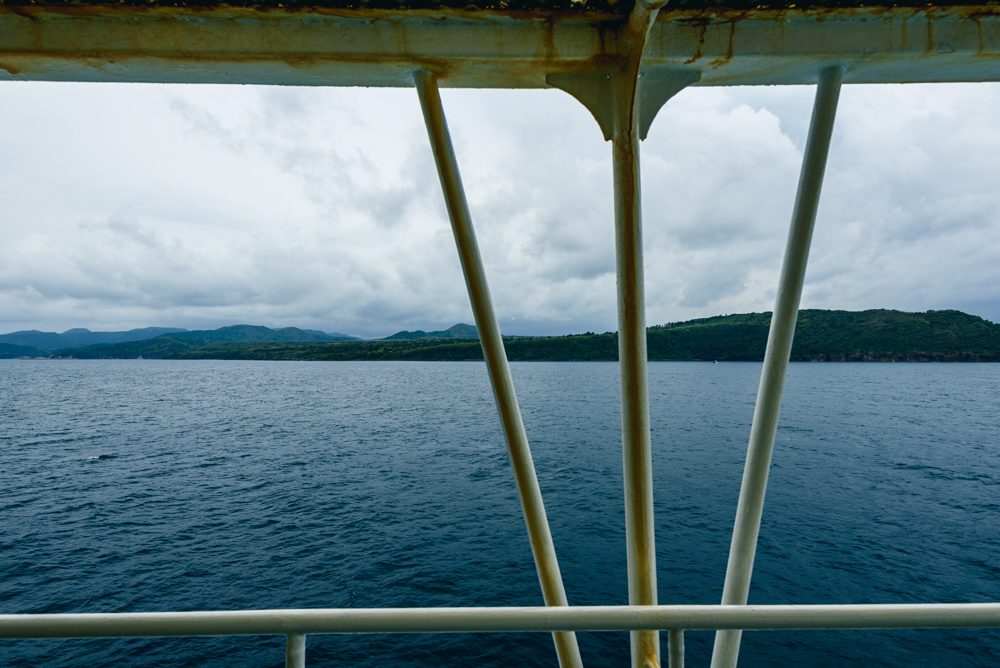
When I see the fishermen on the quay, I wonder how they got here. I am always impressed by the passion they put into their fishing points.
Maybe photographers and bird watchers are similar in the sense that they love the outdoors and remote places?
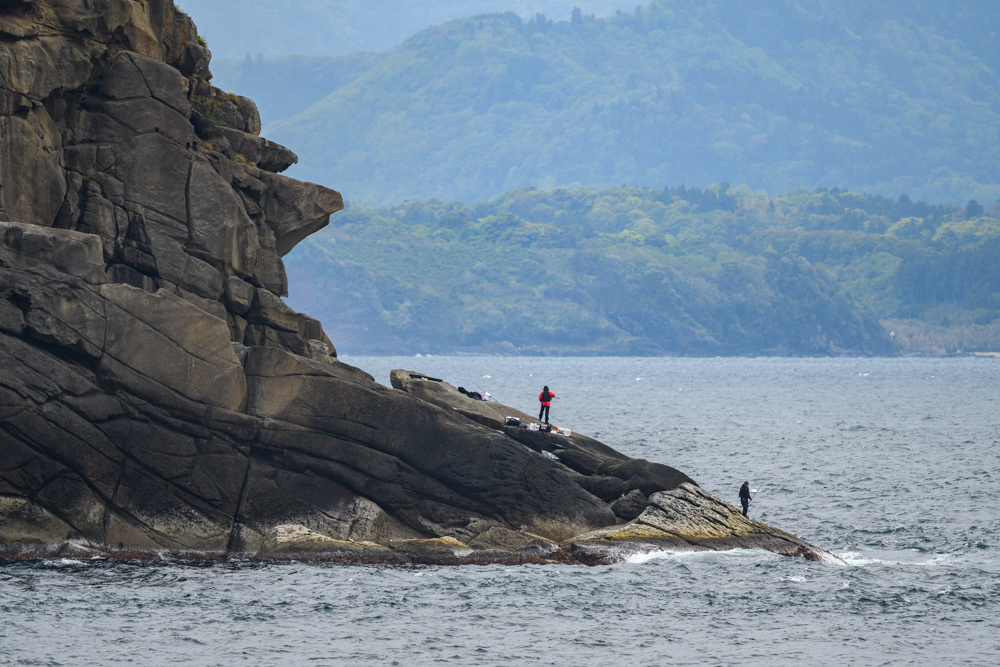
One of the few birding results. A flock of Red-necked Phalarope. According to the birder who joined us on the ferry, we were able to observe migratory birds in some places in Okino-shima Island as well.
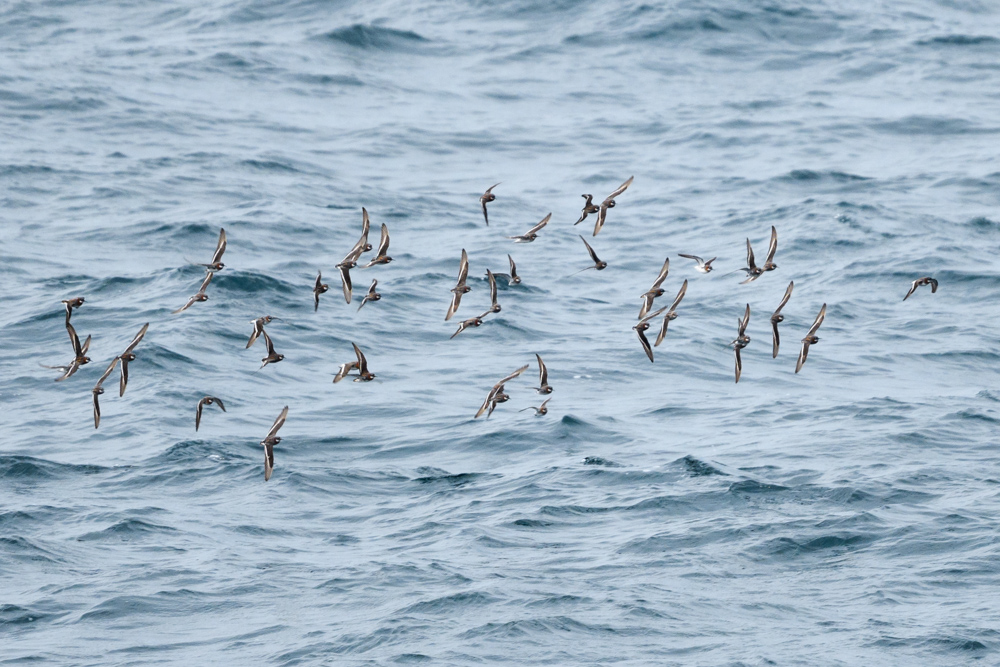
We arrived at Ama-cho (海士町) (Nakano-shima), our first destination in Do-zen. The main attraction here was the “Amanbo,” a sightseeing boat that offers undersea observation. The weather was a bit rough and there was a possibility that the boat might be cancelled, but we somehow managed to participate. Due to the rain, the underwater transparency was not as clear as it could have been. Still, we were able to observe the huge seaweed and fish swimming around.
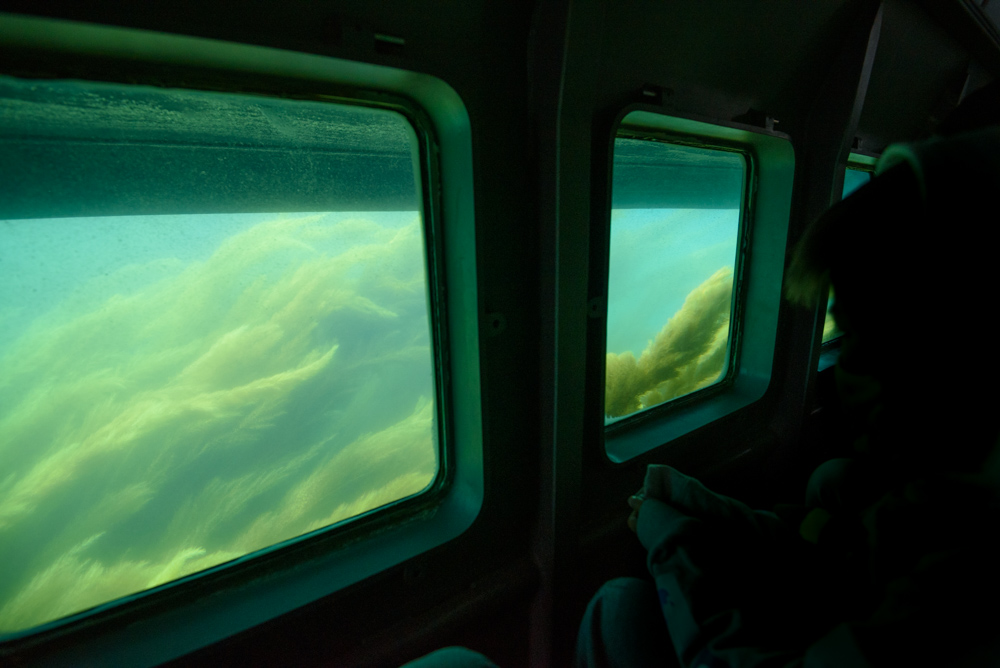
Entô, a hotel in Ama-cho that stands out from the ferry…I am not talking about the hotel where I stayed, but rather the exhibition room in a corner of the hotel, which is themed on the nature of the Oki Islands and can be entered freely. You can also rest on a sofa in the stylish space, which looks good for waiting for the next boat.
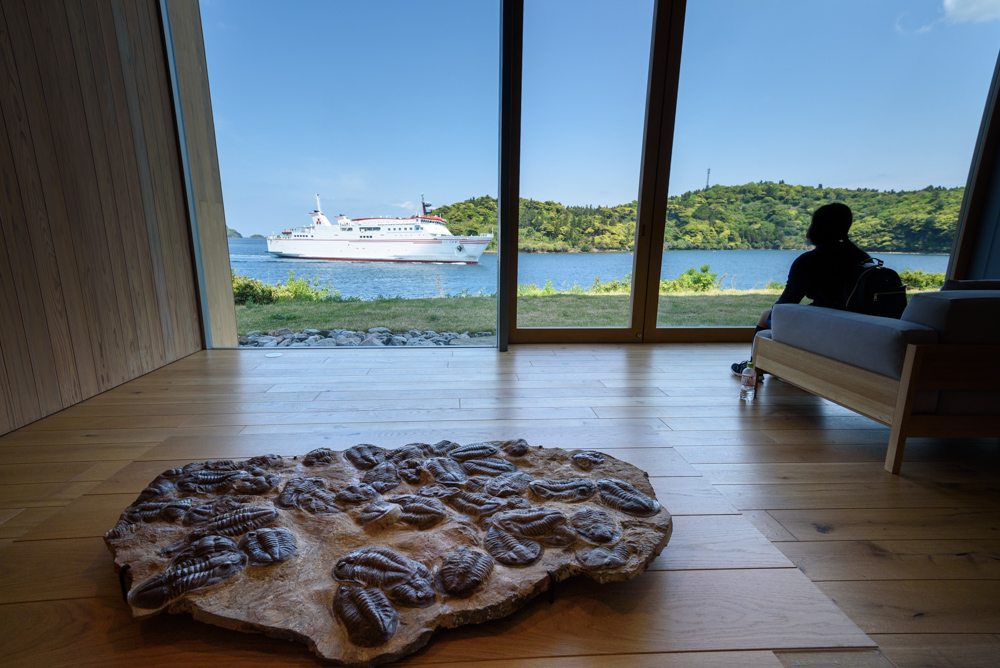
A boat bound for Chiburi-jima Island. The three islands in Do-zen are also connected by small boats, making access relatively easy.
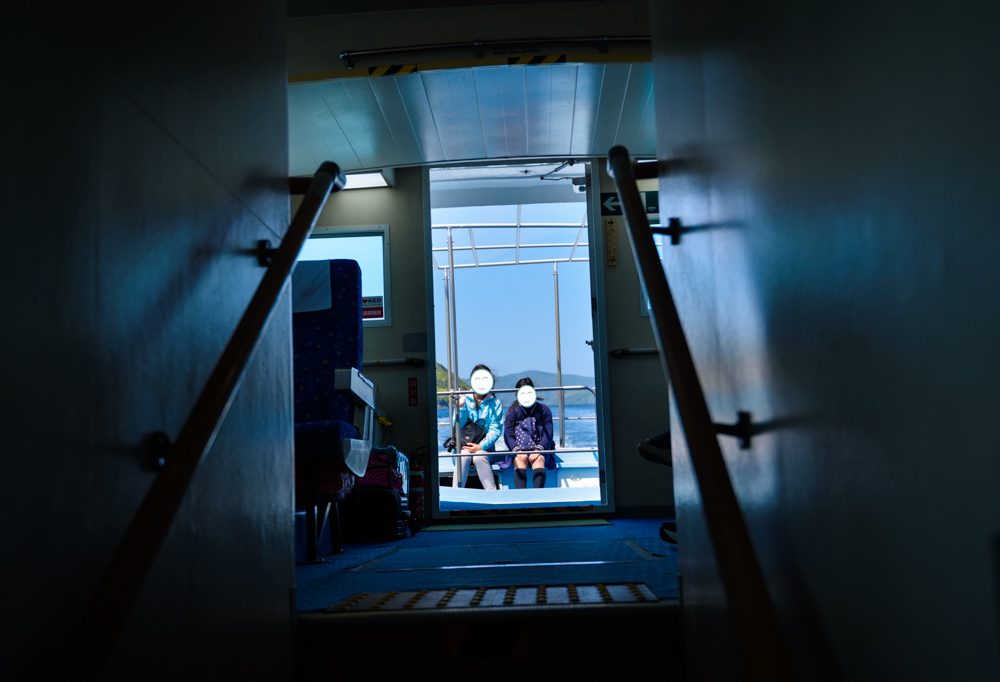
The next island, Chiburi Island, is the least populated island in Do-zen. It is said that raccoons outnumber people on the island, and raccoons can be seen here and there.
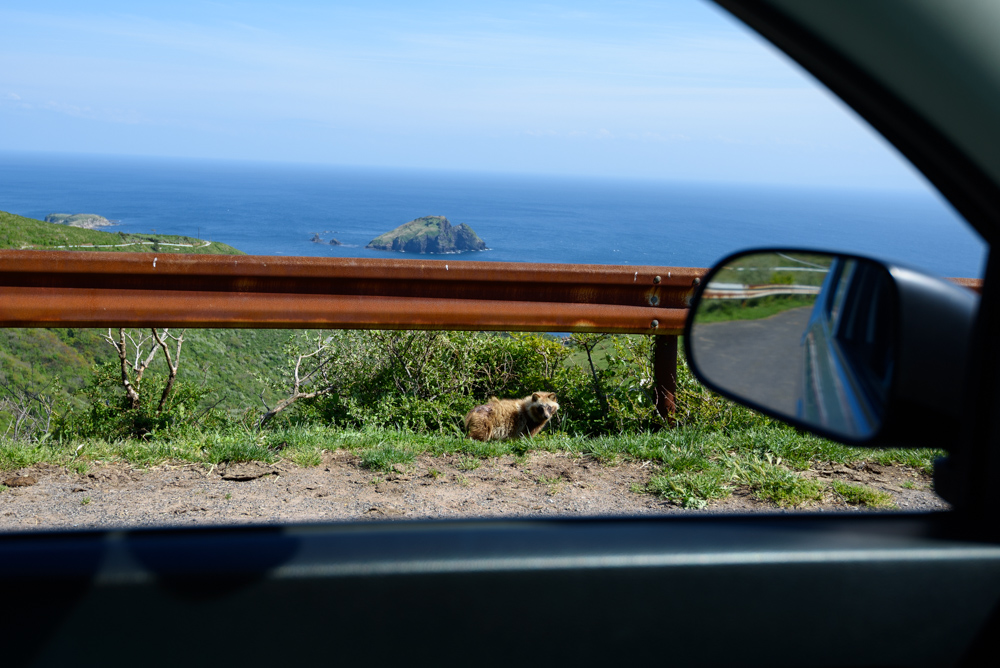
Akahageyama Observatory, a famous landmark on Chiburi-jima Island. I thought this would be just another typical observatory like Dangyo Waterfall, right? But it is a very large scale viewpoint, and once again, it defied my expectations in a good way. The scenery along the way was also magnificent and liberating, and I liked it. I highly recommend it to anyone who likes the feeling of Kumamoto and Aso.
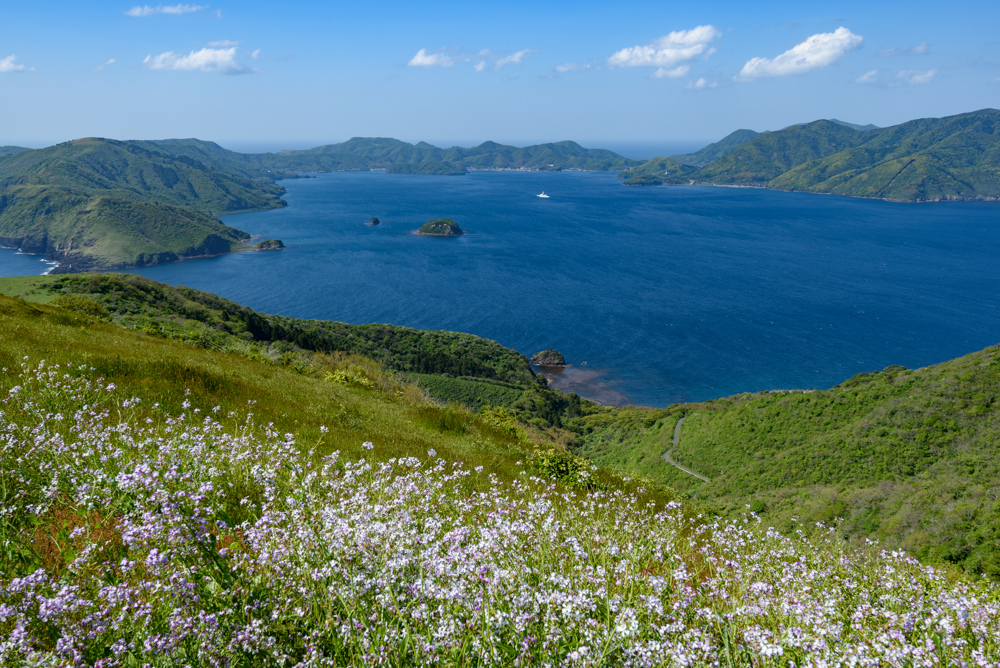
Then we went to Oki Chibu Sekiheki (隠岐知夫赤壁). Seki-heki means “red wall.” Again, I thought it would be a typical wall (?). But the scale of this wall is three times larger than I had imagined. The desolate scenery was also wonderful, which is rare in Japan. This is my personal favorite spot of the trip. I would like to see the evening view.
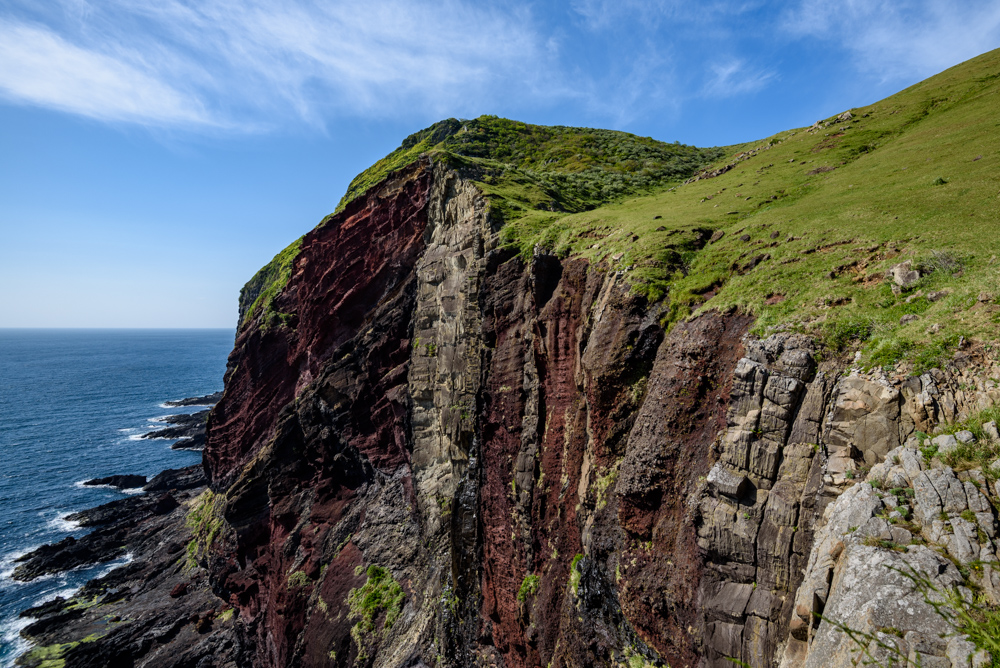
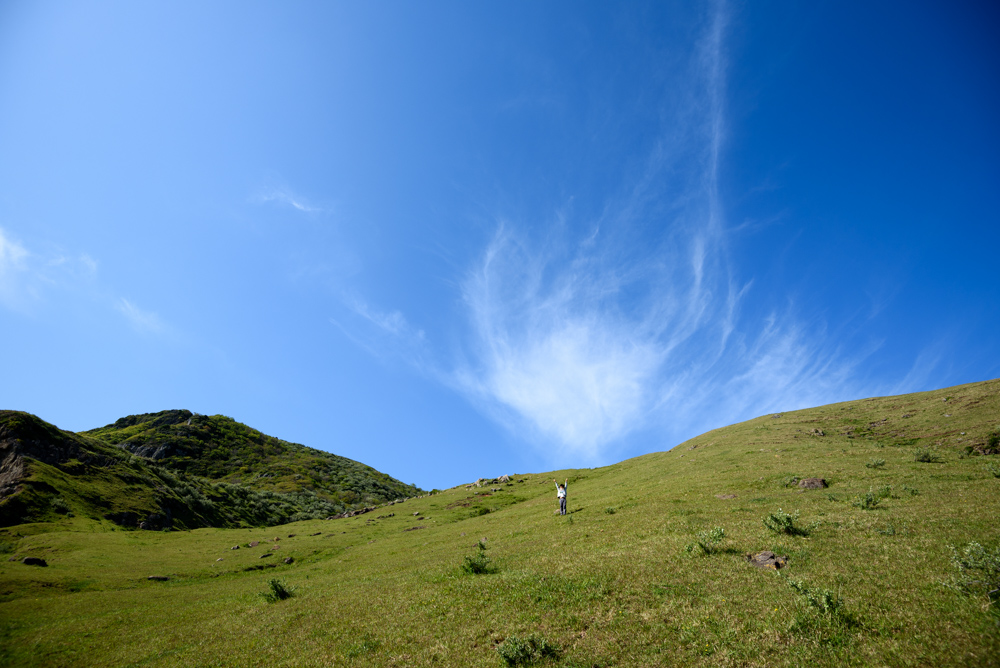
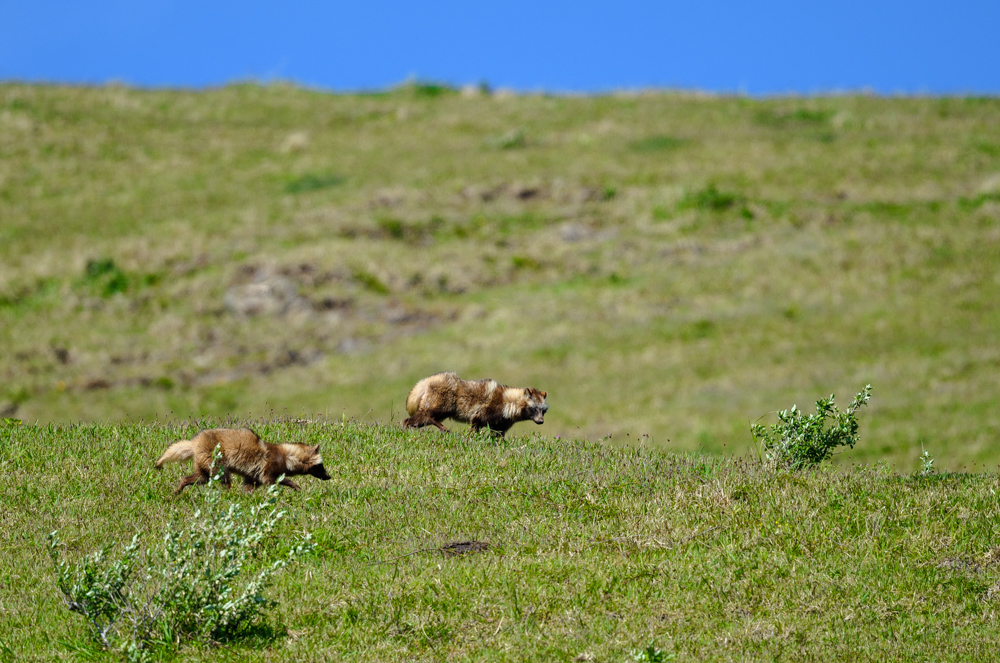
The island is a grazing area, so there are cows on the road. Proceed gently so as not to scare or offend them.
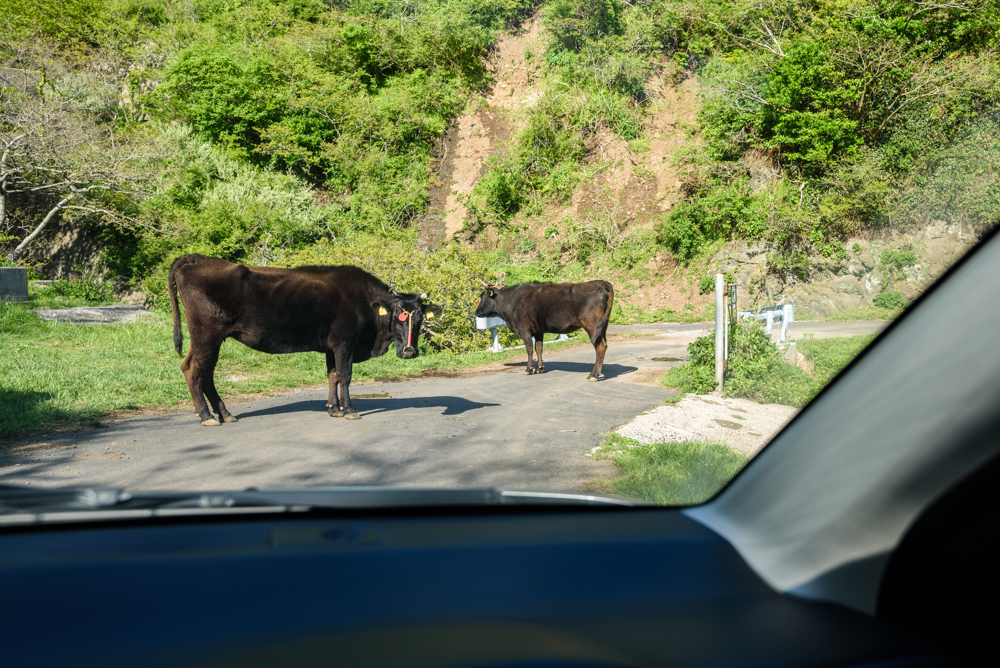
Then, in the evening, we went to Nishino-shima. We stayed two nights at the guest house “Fukuro” (福来朗).
The food was delicious, the service was good, and the room was comfortable. I would like to go back.
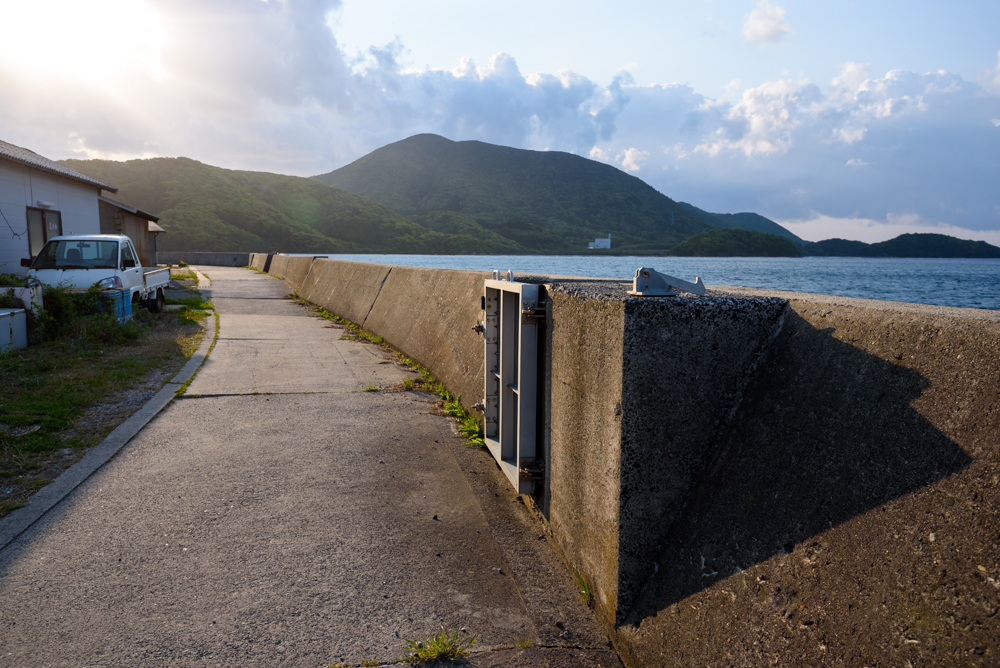
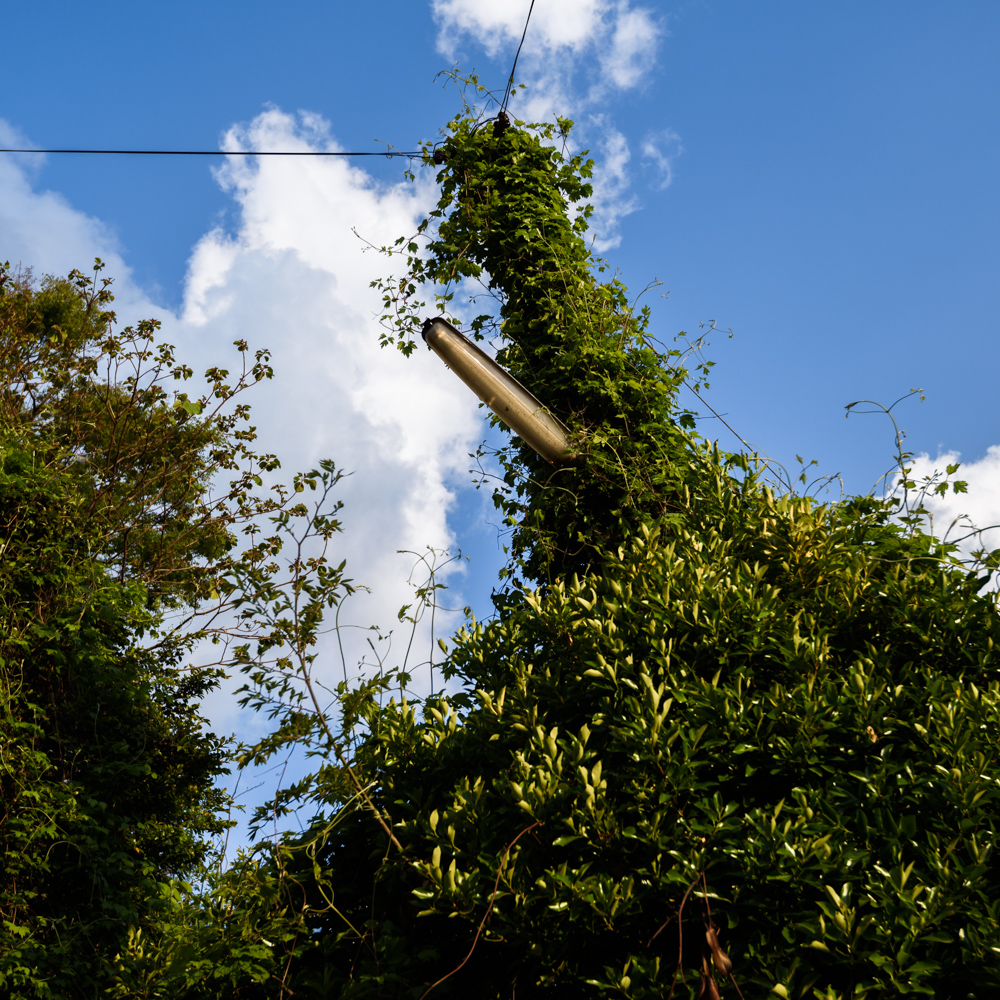
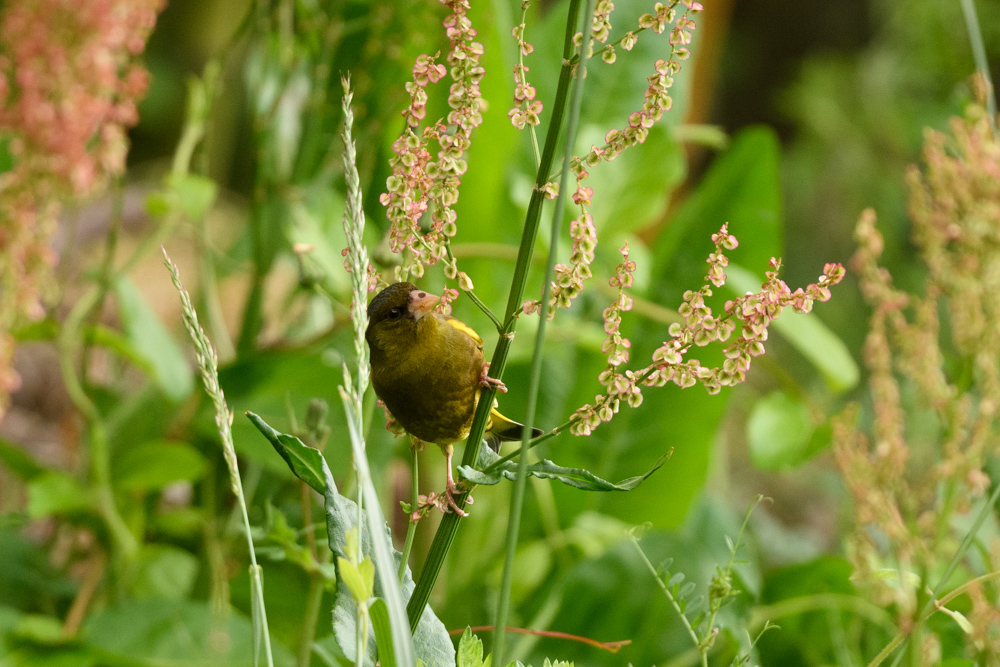
Nishino-shima is the largest island in Do-zen and offers a wide range of activities for tourists.
We had originally planned to experience sea kayaking, but had to cancel at a moment’s notice due to strong winds and possible high waves. We had no choice but to reschedule the drive.
The view from Maten-gai (摩天崖) on the Oki Kuniga Coast. Horses grazing on the far right.
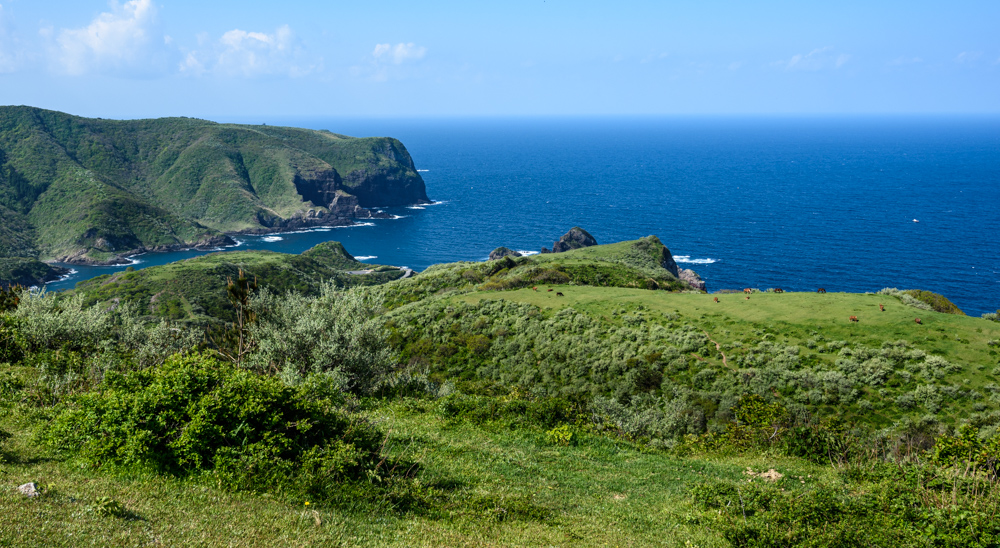
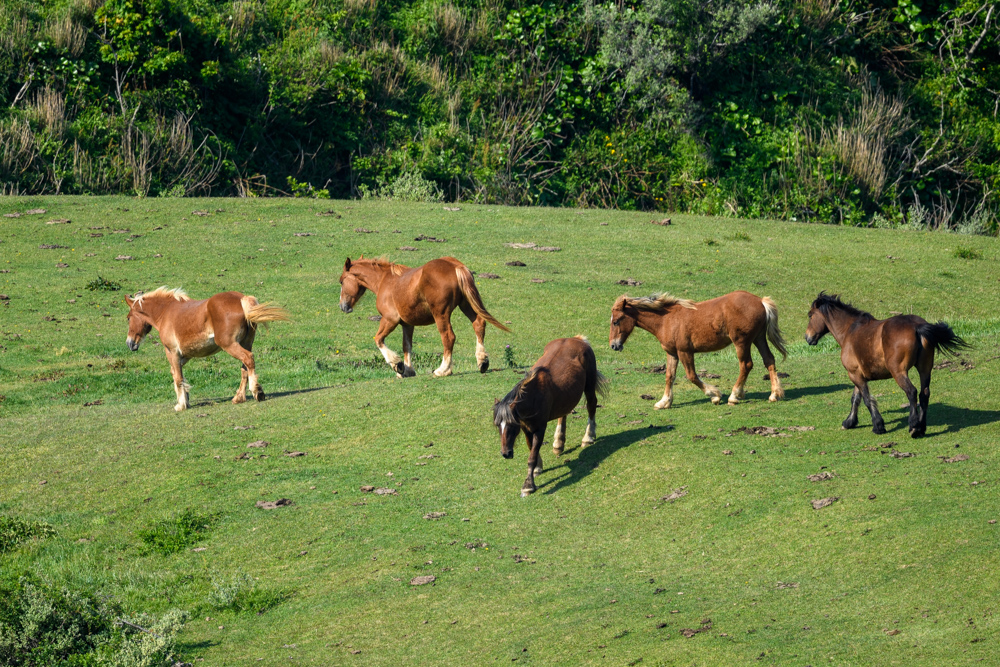
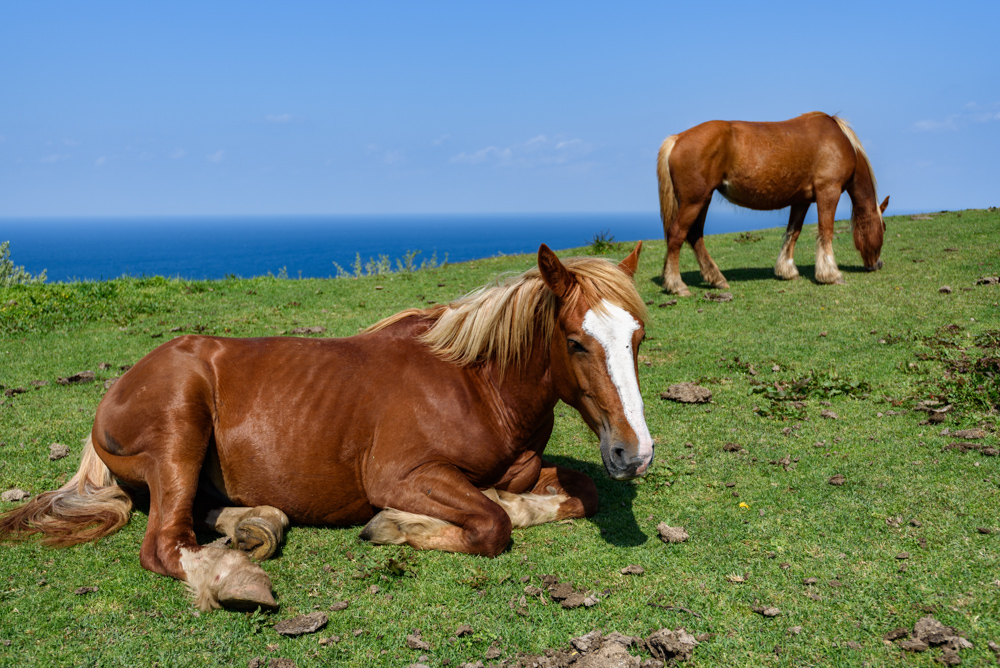
I got a Pacific Swift flying around near the summit at high speed. It is cool. They fly as summer birds to the north of Kyushu and beyond. They seem to be able to eat, sleep, and even mate while flying.
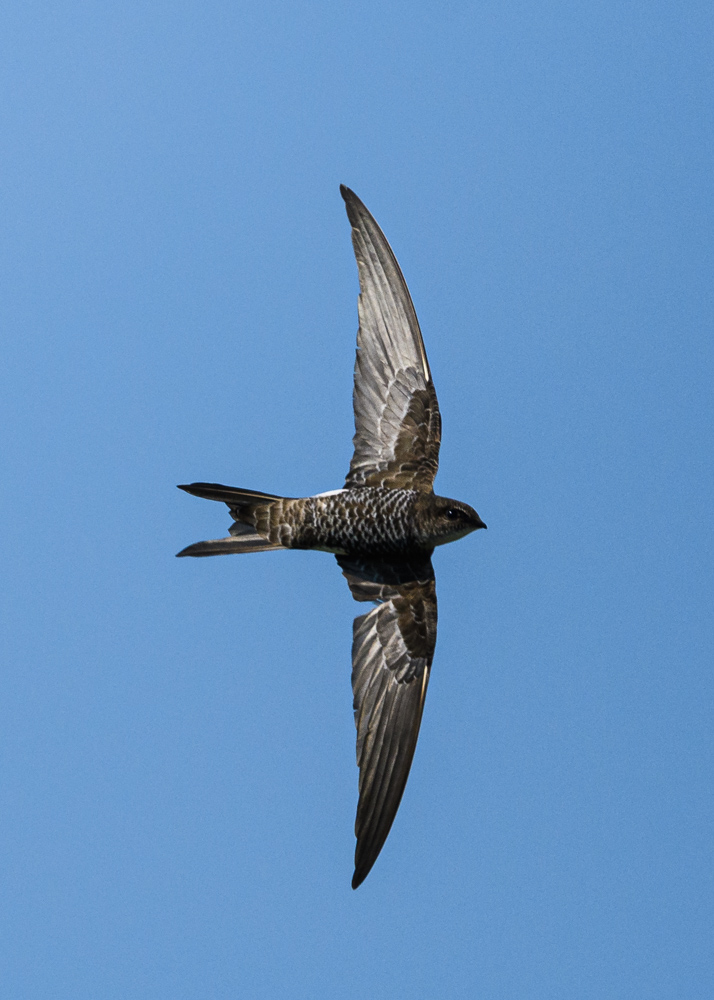
After the drive we did some light cycling. If you rent an electric assist, it will be fun to go to the top of the mountain.
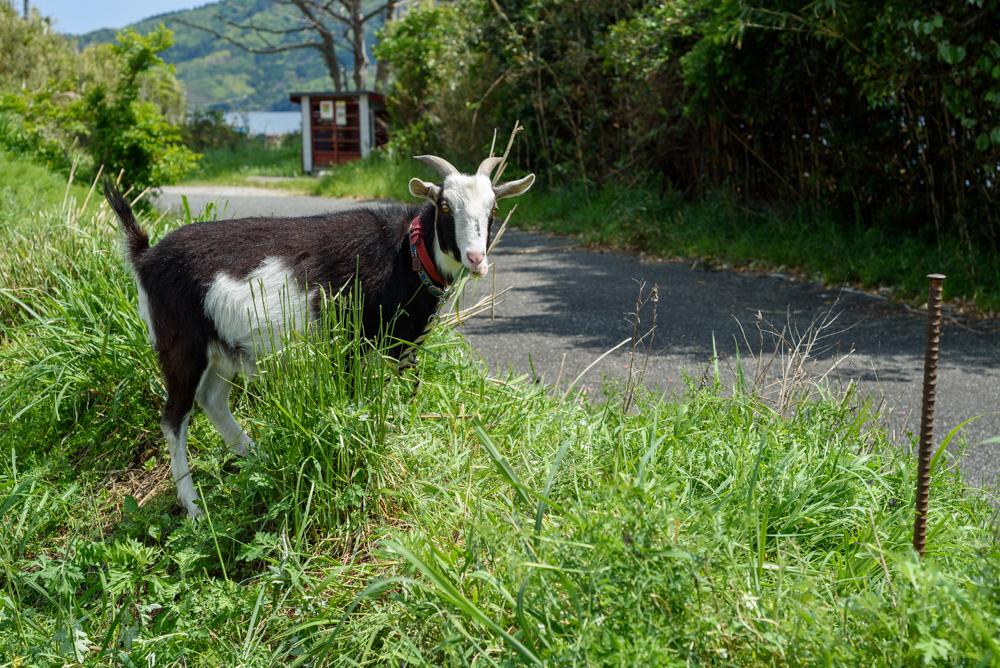
After doing all the things we wanted to do, we ended up relaxing and fishing. At a shop near the harbor, a set of cheap bamboo poles is available for about 500 yen. I’m an amateur fisherman, but I caught one fish, so I was satisfied. Be careful, crows are after the krill we use as bait!
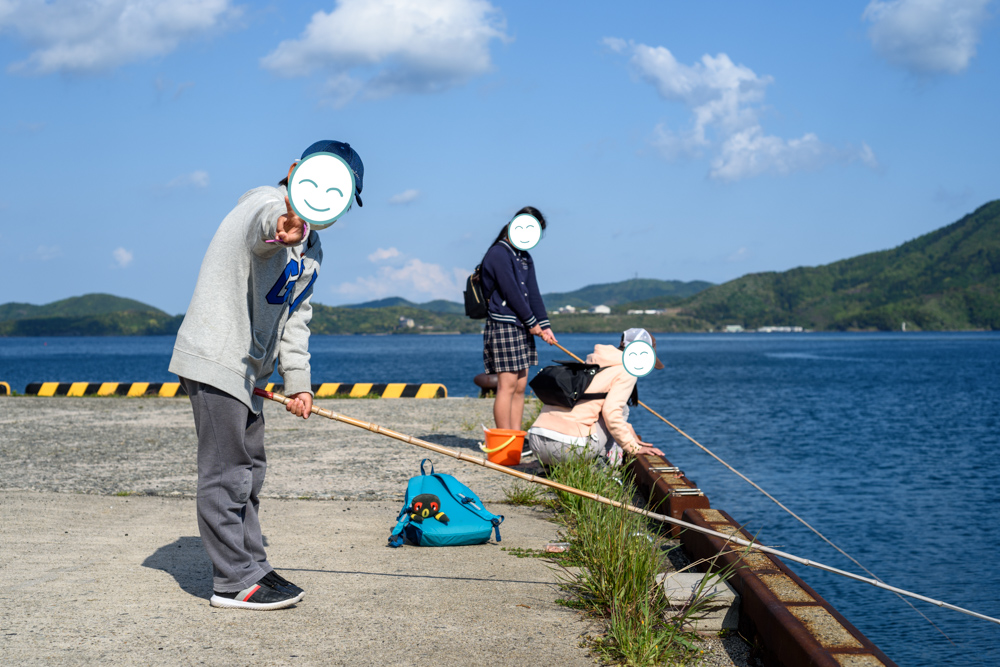
At the end of the day, I went back to Kuniga Beach to get a sunset view. Unfortunately, it was not a dramatic sunset. I would like to try again someday.
